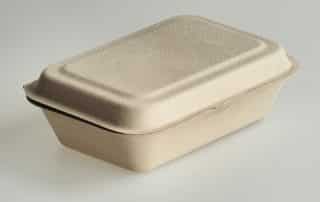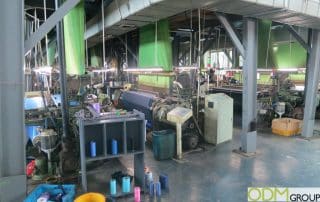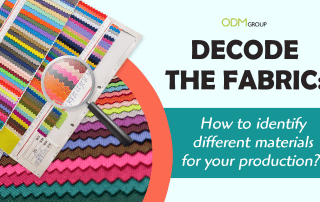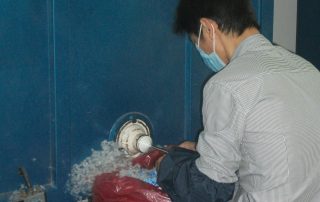Deciding which types of fabrics to make an item with is an important decision, as fabrics can have countless qualities. From natural to synthetic fibers and from knit to woven, here’s a look at different fabric types and how to identify them.
In the textile industry, “cloth” refers to various fabrics used in making clothes. Raw fibers are twisted into threads, which are then woven or knitted to create usable material for clothing.
Fibers can be natural (like cotton) or synthetic (like polyester). Each type has unique characteristics, some are durable and thick, while others are smooth and flexible. Blending fibers is common to achieve desired qualities.
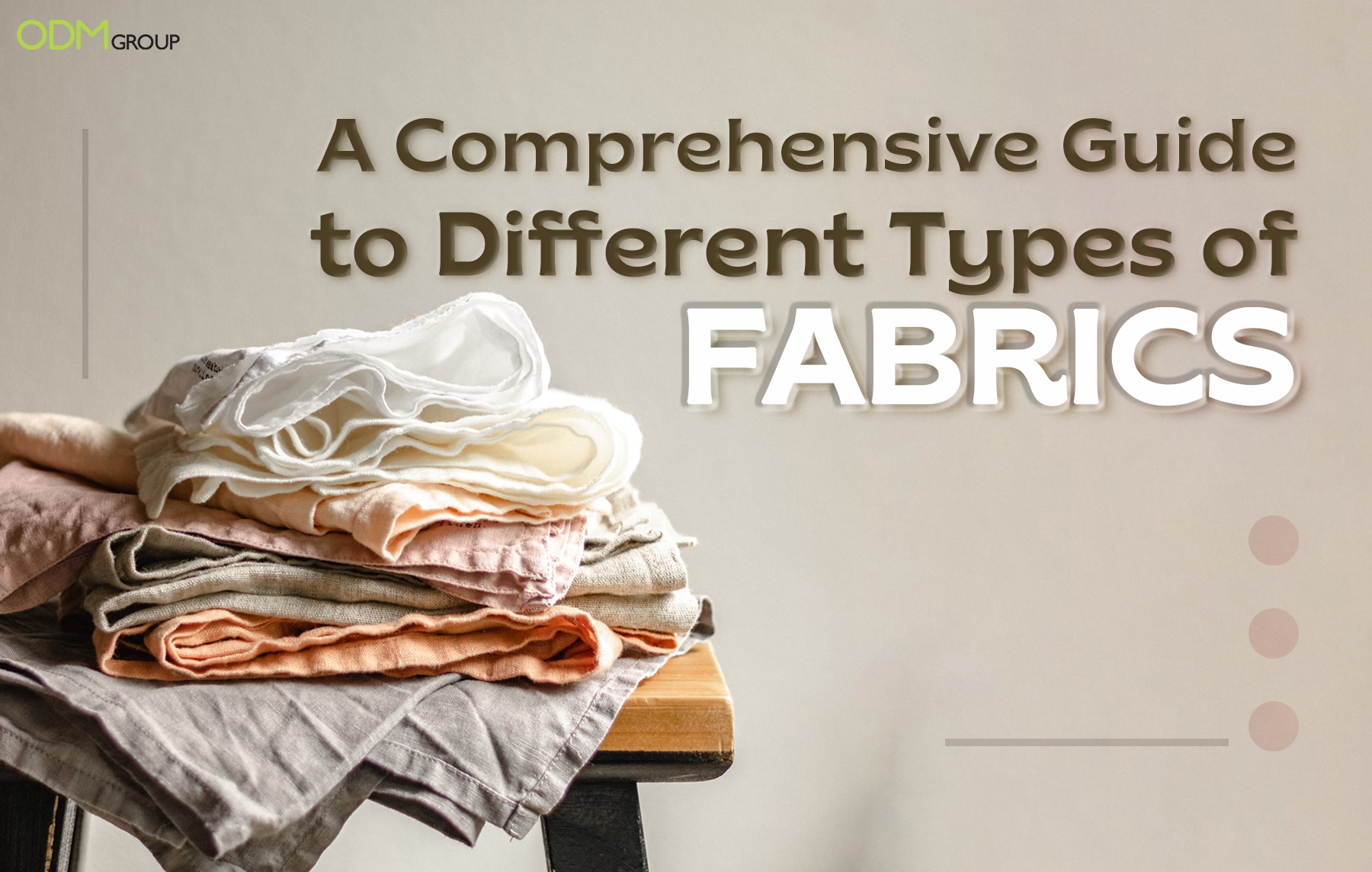
What Is Fiber Content?
The composition of fibers in a fabric is known as its fiber content. Fabrics can be composed of a single type of fiber, such as cotton, linen, or silk, or they can be a combination of fibers, like a poly-cotton blend. It is common to come across lists that claim to be about different fabric types. Still, in reality, they are enumerating various fiber types, including cotton, polyester, silk, bamboo, hemp, wool, linen, and acetate.
Considerations for Fiber Content
Natural Fibers
Natural fibers are cultivated in their natural environment, which is why they are referred to as ‘natural.’ These fibers can be categorized into cellulose fibers, such as cotton, or protein fibers derived from animals, like silk.
Manufactured Fibers
Synthetic fibers are not naturally occurring but are produced by humans, whether from cellulose fibers (such as rayon) or derived from other sources like petroleum (such as polyester).
Animal Skins
Animal skins, although not classified as ‘fibers’, are commonly regarded as a form of fabric. Similar to both synthetic and natural fibers, animal skins require processing before their utilization.
What Is Fabric Structure?
Woven Fabrics
Fabrics are created through the process of weaving, which involves the interlacing of two sets of threads known as the warp and the weft. This intricate weaving technique is typically carried out on looms. One notable feature of woven fabrics is the presence of tightly woven edges, referred to as the selvage. Additionally, there exists a wide range of weave types that are employed to achieve various desired effects.
Stretch Fabrics
Stretch fabric is a unique fabric structure that incorporates stretch materials in its composition, resulting in a fabric with inherent elasticity. Common stretch materials typically found in clothing include elastane and spandex. Fabrics enhanced with these materials tend to have superior stretch recovery compared to knitted fabrics.
Knitted Fabrics
Knit textiles are created by interlocking loops and can be produced using:
- A single continuous yarn (weft knit)
- Multiple yarns but a single stitch (warp knit)
Many knitted fabrics are elastic, allowing them to fit closely to the body or hang loosely. Designs made for knitted fabrics often incorporate ‘negative ease’, meaning the pattern is smaller than the actual body size to accommodate the fabric’s extra stretchiness.
What Is Fabric GSM?
GSM, or Grams per Square Metre, is a metric used to measure the weight of fabric. It is closely related to fabric thickness, with higher GSM indicating a thicker material. However, GSM cannot accurately determine fabric thickness in millimeters due to variations in fiber weights.
There is no standard GSM for specific items, but it can be used to assess fabric suitability for different applications. Fabrics with higher GSM require more raw fiber and are more expensive to produce. GSM can also be measured in ounces, with 6oz equivalent to 203gsm.
GSM has become the modern standard for measuring fabric weight, replacing the traditional use of ounces for fabrics like denim. T-shirts typically range from 160 to 220gsm, with lower GSM indicating a thinner and lighter fabric. Fashion trends may call for heavier fabrics, while gym and fitness wear often use lighter fabrics.
What are The Types of Fabrics?
Canvas is a type of plain-weave fabric that is typically crafted from heavy cotton yarn and, to a lesser extent, linen yarn. Being known for its durability, sturdiness, and heavy-duty nature, canvas fabric can be made water-resistant or even waterproof by blending cotton with synthetic fibers.
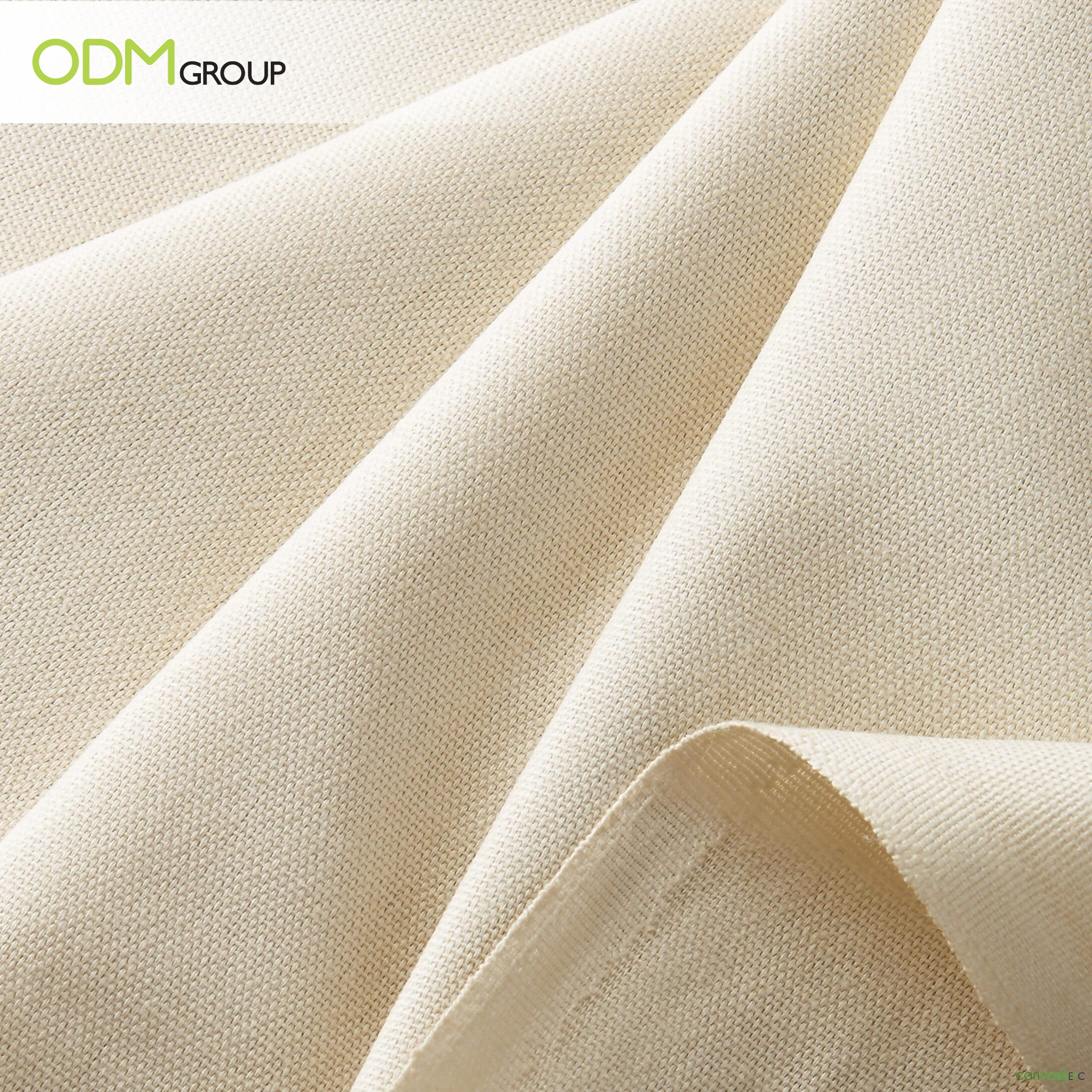
Natural fibre known for its extraordinary softness and superior insulating qualities is cashmere, a kind of wool fabric made from cashmere and pashmina goats. Cashmere resembles silk in feel because of its extraordinarily thin and fragile fibres. Due to its finer texture, cashmere—which is lighter and warmer than sheep’s wool—is frequently combined with other types of wool, such merino, to increase its weight.
Chenille refers to both the yarn type and the fabric that produces the soft material. The yarn is intentionally piled during production, resembling the fuzzy exterior of a caterpillar. Furthermore, chenille is also a woven fabric that can be created from various fibers, including cotton, silk, wool, and rayon.
Chiffon is a lightweight, plain-woven fabric with a subtle sheen and small puckers that give it a slightly rough texture. These puckers are achieved through the use of s-twist and z-twist crepe yarns, twisted in opposite directions. In addition, crepe yarns are tightly twisted compared to standard yarns and woven in a plain weave pattern, where a single weft thread alternates over and under a single warp thread. This sheer fabric can be woven from a range of synthetic and natural textile materials like silk, nylon, rayon, or polyester.
Cotton is a natural fiber that consists of varying lengths of fibers. Primarily, it is composed of cellulose, an organic compound essential for plant structure. Cotton is soft, fluffy, and obtained from cotton plants. The term “cotton” refers to the part of the plant that encases the fluffy fibers. These fibers are spun into yarn and woven to create a durable fabric used for everyday clothing and home items like bed sheets. Cotton prints and solids are both available options.
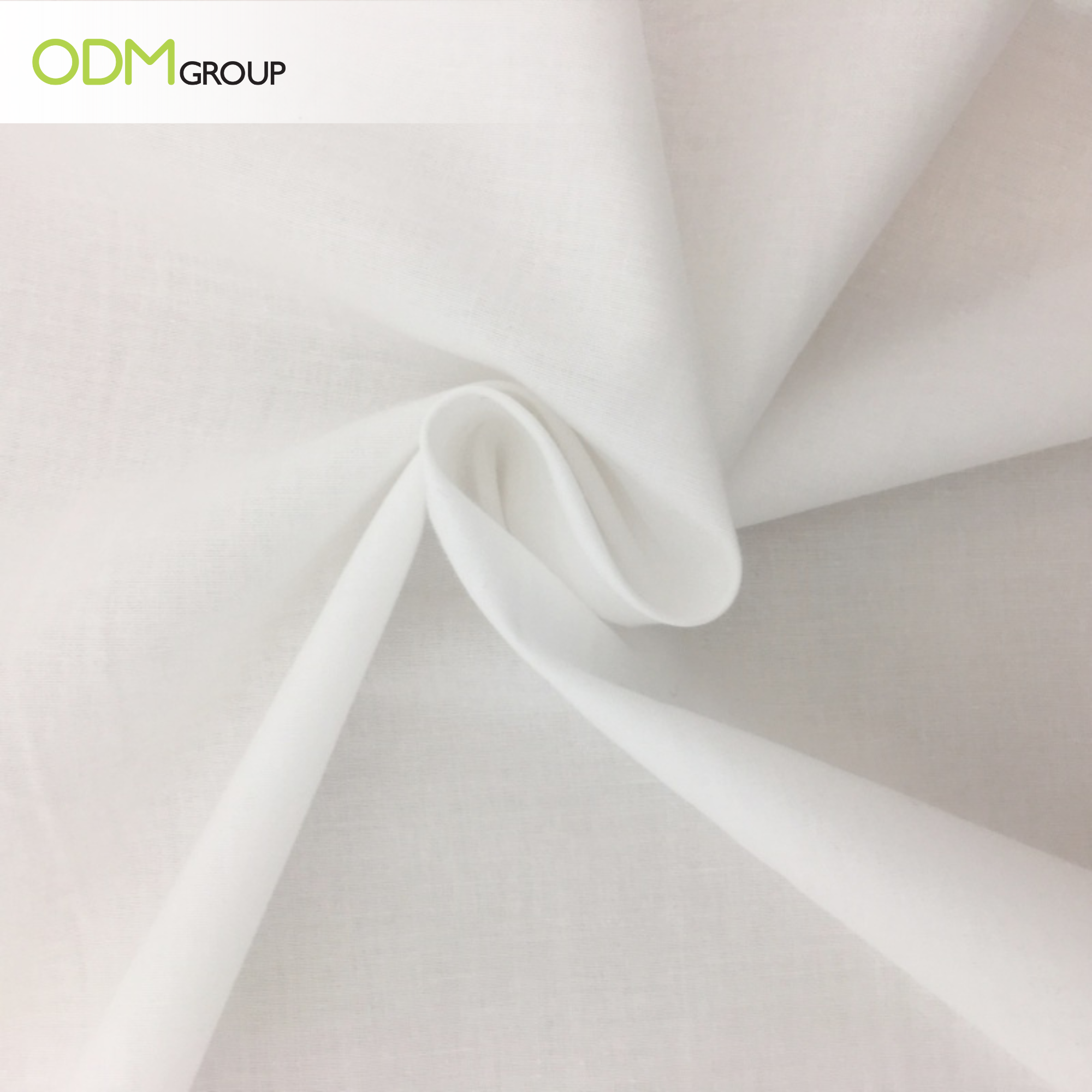
Jersey is a knitted fabric that has a smooth surface on both sides. It was originally produced from wool on the island of Jersey. Nowadays, jersey is commonly made from cotton, although it can also be found in various synthetic fibers. It becomes as favored for its flexibility and feel. These functions make it a popular choice for t-shirt production.
Pima cotton is a type of cotton with extra-long staple fibers. It is a rare variety, accounting for only about 3% of cotton production. Due to its exceptional quality, Pima cotton is considered the finest among all cotton. Additionally, the name was from the Pima tribe of American Indians, who were pioneers in cultivating this superior strain of cotton in the southwestern United States.
Polyester is a broad term used to describe fabrics or textiles made from synthetic polymer yarns or a combination of different chemicals. Briefly, it gained popularity in the 1970s as a “miracle fabric” due to its affordability and durability. However, polyester is not environmentally sustainable as it is derived from fossil fuels, with its main component being ethylene, a petroleum derivative.
Corduroy fabric features a unique pattern created by twisted fibers arranged in parallel cords, known as “wales”. Originating in France during the 1700s, it was initially crafted from silk for royal servants. By the late 1800s, cotton corduroy became mass-produced in Europe, gaining popularity among the working classes.
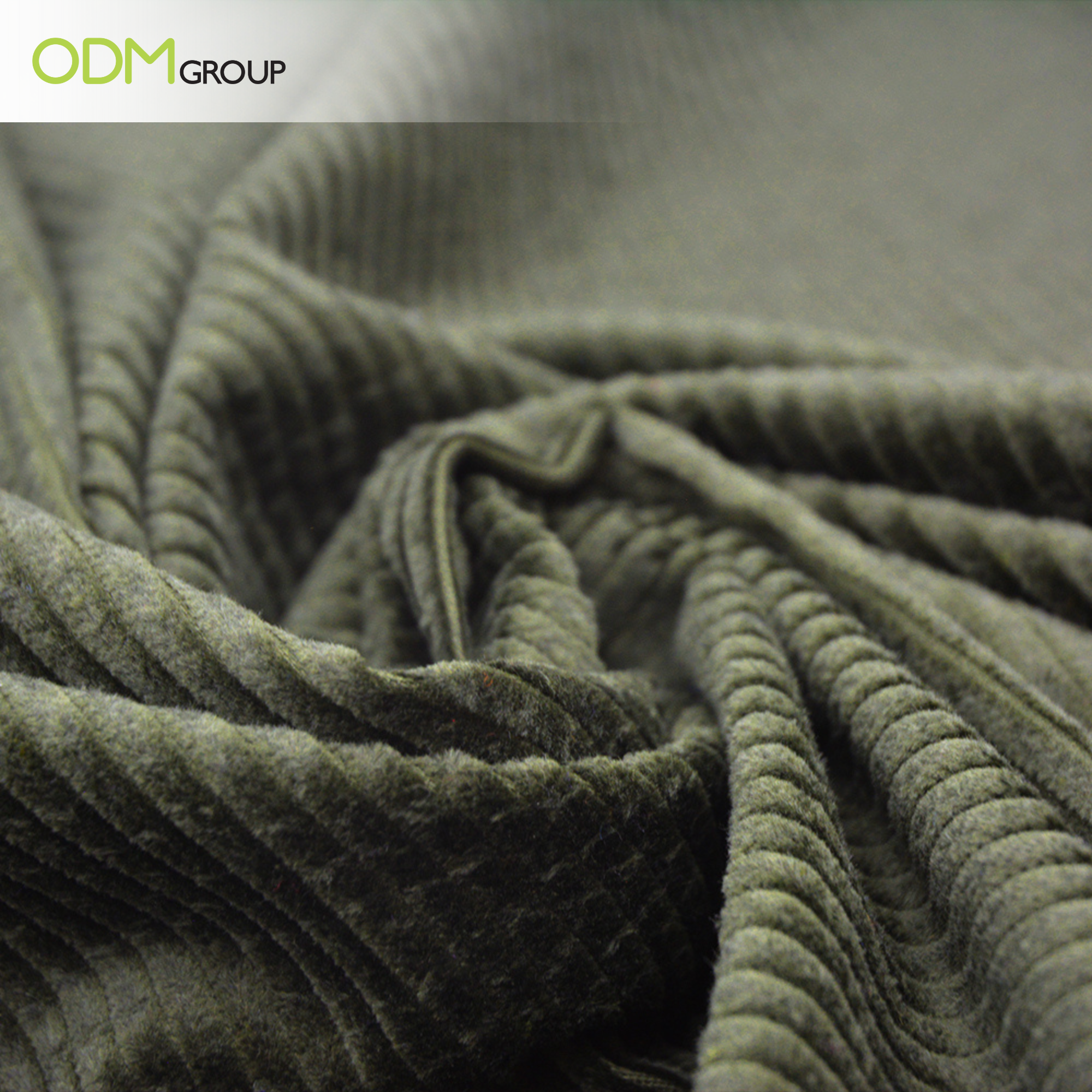
Cotton Fleece material is a knitted fabric with a smooth side and a brushed reverse side for a soft, plush finish. Known for its insulation properties, cotton fleece is commonly used in casual wear like hoodies, sweatshirts, and tracksuits.
Wool, one of the oldest fibers known to humanity, was among the first to be spun into yarn and woven into fabric. While most wool comes from sheep and goats, it can also be sourced from camel, llama, and certain rabbit breeds. Thanks to its natural crimp, wool is highly wrinkle-resistant and can bounce back to shape even after being stretched by up to 20%.
Velvet is a luxurious fabric with a soft pile that has been woven since the Middle Ages. The term “velvet” refers to the weave rather than the material content, allowing it to be made from various fibers. In the past, only royalty could wear velvet fabrics, which were composed of silk. However, due to advancements in manufacturing, cotton is now a popular substitute.
Satin is a smooth, lustrous fabric produced using the satin weave, where warp threads are looped by the weft at specific intervals. To be more specific, this type of fabric is traditionally made from silk and exclusive to the upper classes and royalty due to its high cost, satin now has cost-effective synthetic versions available in rayon and polyester.
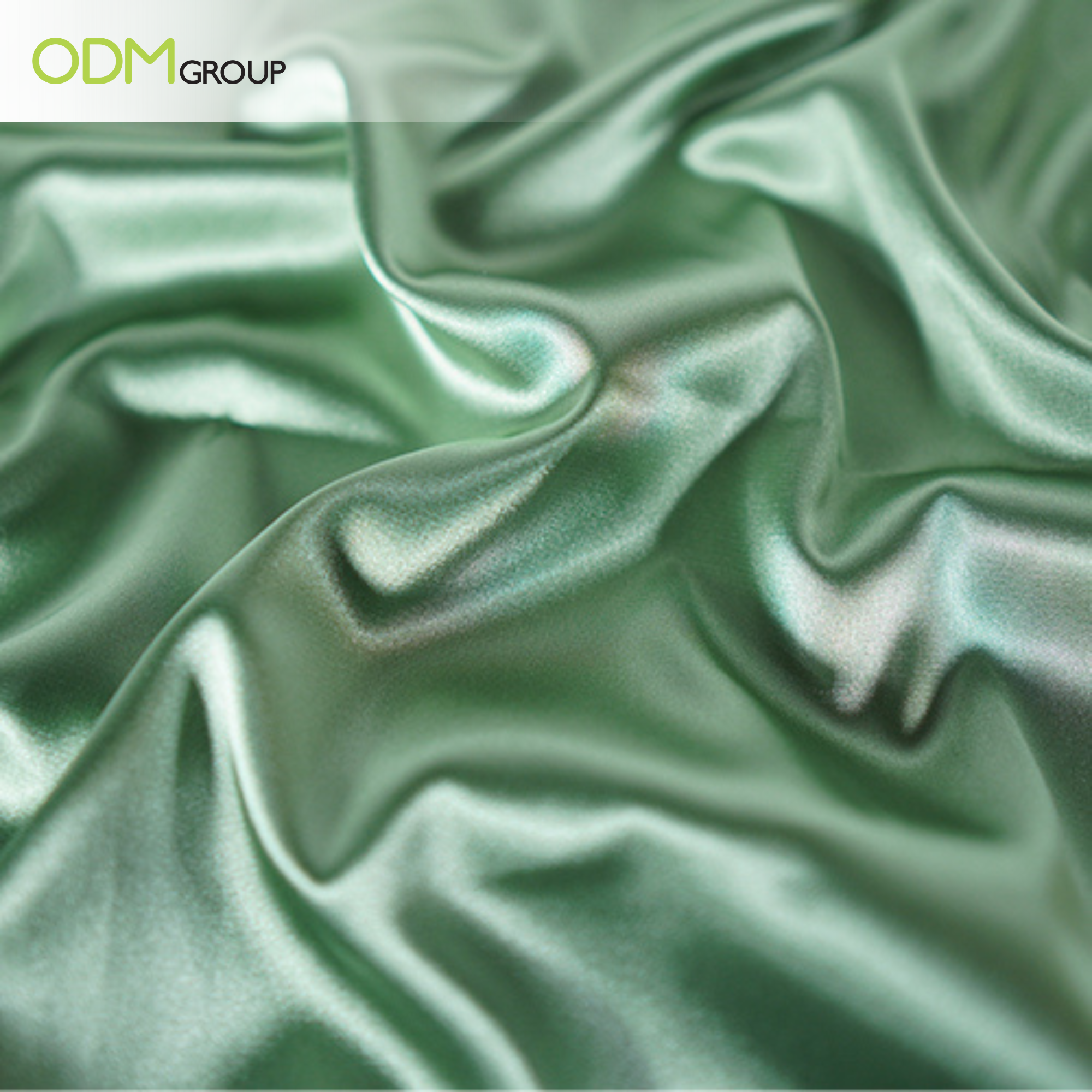
Leather, despite not being a woven textile, is often regarded as the original fabric. In extension, it is a tough and pliable material produced by tanning animal hides. The use of animal hides dates back to prehistoric times when early humans utilized leather for clothing and shelter to combat harsh environments. In modern times, leather finds its place in practical applications such as motorcycle gear, as well as in fashionable items like jackets.
Linen, a natural fiber obtained from the flax plant’s stalk, is renowned for its exceptional quality. The most exquisite linen originates from Europe, particularly Belgium, where the ideal climate and fertile soil contribute to its superiority. Unlike cotton fabrics, linen is slightly heavier but boasts approximately 30% more strength. Its breathability makes it a preferred choice in warmer regions.
Denim, a sturdy twill fabric, has become widely recognized for its use in workwear. It is commonly found in a blue hue, achieved by dyeing the warp threads with indigo while leaving the weft threads white, resulting in a distinct blue shade on one side. Although primarily composed of 100% cotton, denim can also incorporate elastane to provide flexibility to an otherwise inflexible material.
Sum Up,
The ODM Group is your top choice for bringing your brand vision to life. Through our proficiency in choosing the perfect materials and designing exceptional promotional items and clothing, we guarantee that your message will not only be noticed but also remembered. Allow us to assist you in leaving a lasting impression in your industry. Opt for the ODM Group—where excellence merges with creativity, and the full potential of your brand is unleashed.
Related Posts
An essential tool for designers and manufacturers, swatch books for fabrics, and serve as a real-life catalog of fabric samples for assessment.
Explore the unique qualities of UV fabric, a fabric type designed specifically for UV radiation protection.
Ever wondered what a ‘Lab Dip’ is and why it is crucial in the manufacturing process?
Types of Fabrics FAQs
All you need to know about types of fabrics!
The ODM Group offers a wide range of customizable apparel and promotional products, including t-shirts, polo shirts, hoodies, hats, bags, corporate uniforms, and much more. Our versatile manufacturing capabilities allow us to cater to diverse needs and creative visions.
Production and delivery times can vary depending on the complexity of the order, quantity, and specific requirements. However, we strive to meet your deadlines with efficiency and accuracy. We recommend discussing your timeline with us early in the process so we can best accommodate your needs.
Yes, our team includes talented designers who can help bring your vision to life or create fresh, innovative designs that reflect your brand's message and appeal to your target audience. We work closely with you to ensure the final product exceeds your expectations.
Notice: Undefined index: question in /home/ic7z1xz5s9z8/theodmgroup.com/wp-content/plugins/structured-content/templates/shortcodes/multi-faq.php on line 5
Notice: Undefined index: question in /home/ic7z1xz5s9z8/theodmgroup.com/wp-content/plugins/structured-content/templates/shortcodes/multi-faq.php on line 5
Notice: Undefined index: question in /home/ic7z1xz5s9z8/theodmgroup.com/wp-content/plugins/structured-content/templates/shortcodes/multi-faq.php on line 5
